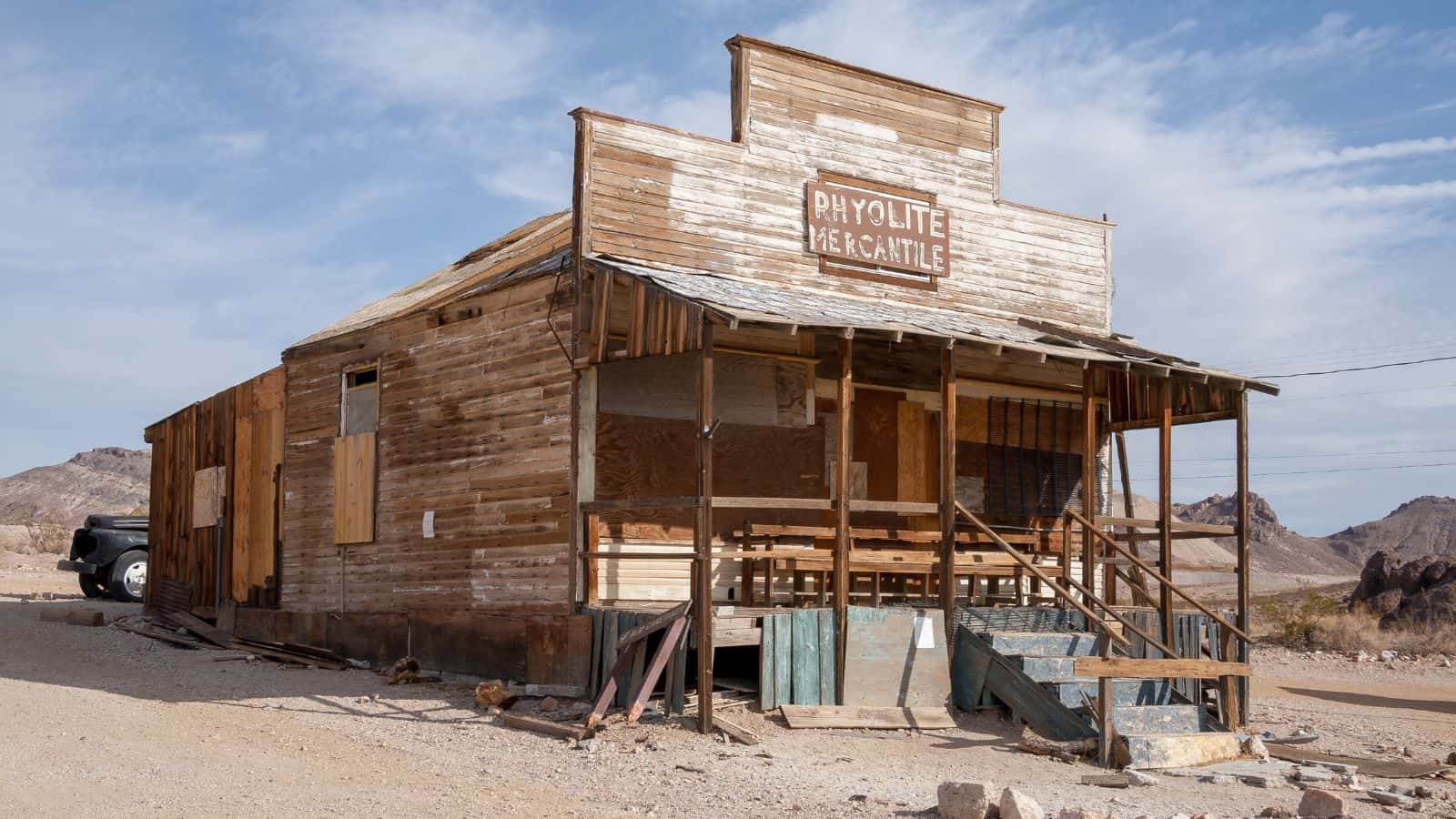Not every booming town becomes a thriving metropolis, and even the most lucrative industries can suddenly become outdated, irrelevant, or surpassed by cheaper foreign imports or modern alternatives. This article explores 16 American ghost towns that were once bustling industrial centers but have since declined into mere reminders of a bygone era of prosperity.
Bodie, California
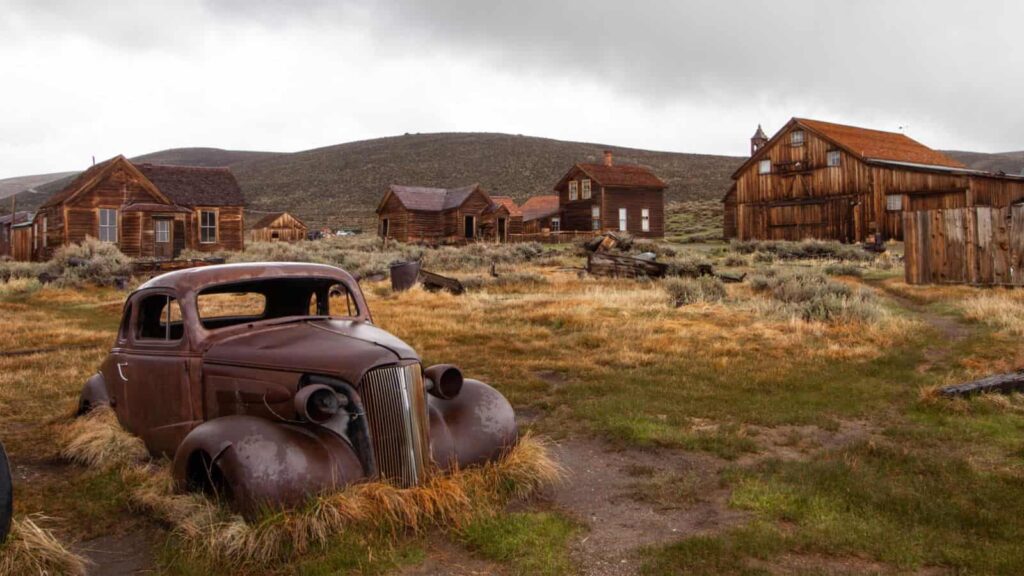
In the 1870s, Bodie was a roaring gold rush town with a population of over 10,000 residents. The National Park Service writes, “As the supply of mineable material became scarce, people began to leave the area. By 1886, Bodie’s population had fallen to approximately 1,500 residents.” It is now an open-air museum, complete with dusty saloons and abandoned homes.
Centralia, Pennsylvania
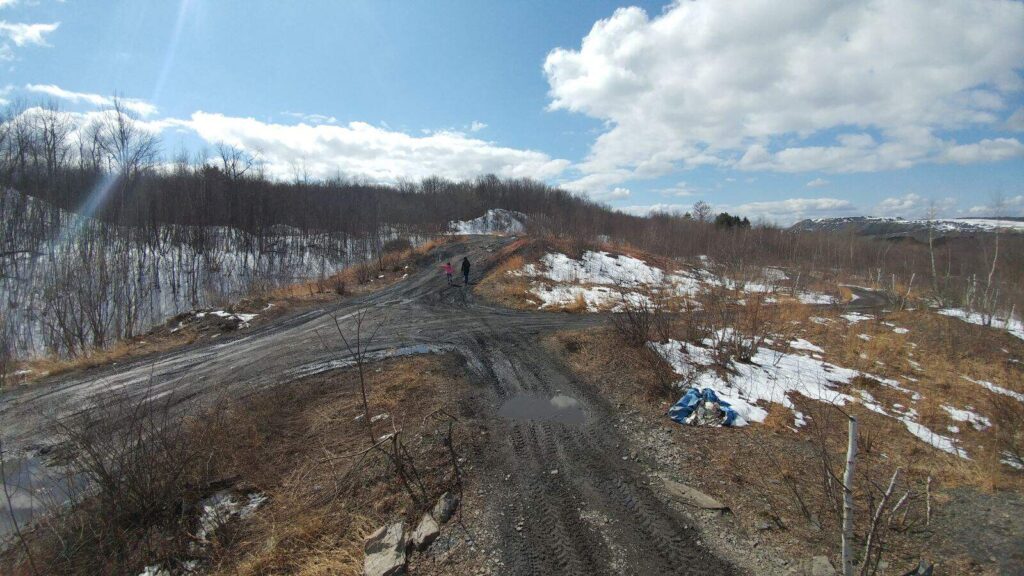
Centralia’s demise began when the profitable seam of coal the town was built upon caught fire in 1962. It continues to burn to this day, emitting hot steam and causing the ground to become unstable. Unsurprisingly, the residents fled to find work and safer conditions elsewhere. The town was the inspiration behind the 2006 horror movie Silent Hill and is now abandoned.
Kennicott, Alaska
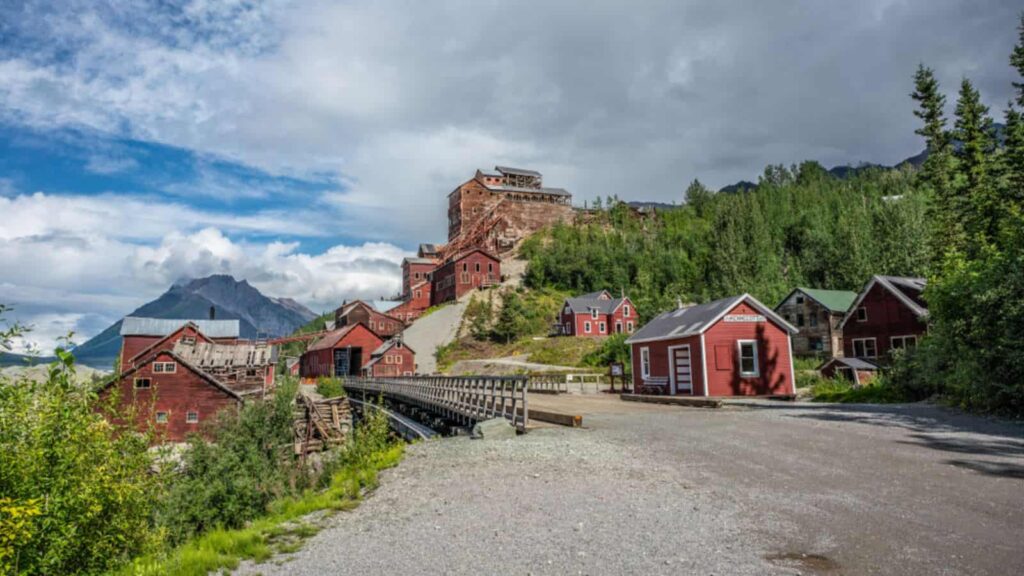
Copper brought great wealth to Kennicott from the 1900s until the 1930s. Indeed, the remote Kennicott Glacier Lodge (a luxury boarding house for mine managers) still stands as proof of its prosperous past. Nowadays, the town is only populated by tourists, who come to see the abandoned copper mine, once one of the largest open-pit mines of its kind in the world.
Custer, Idaho
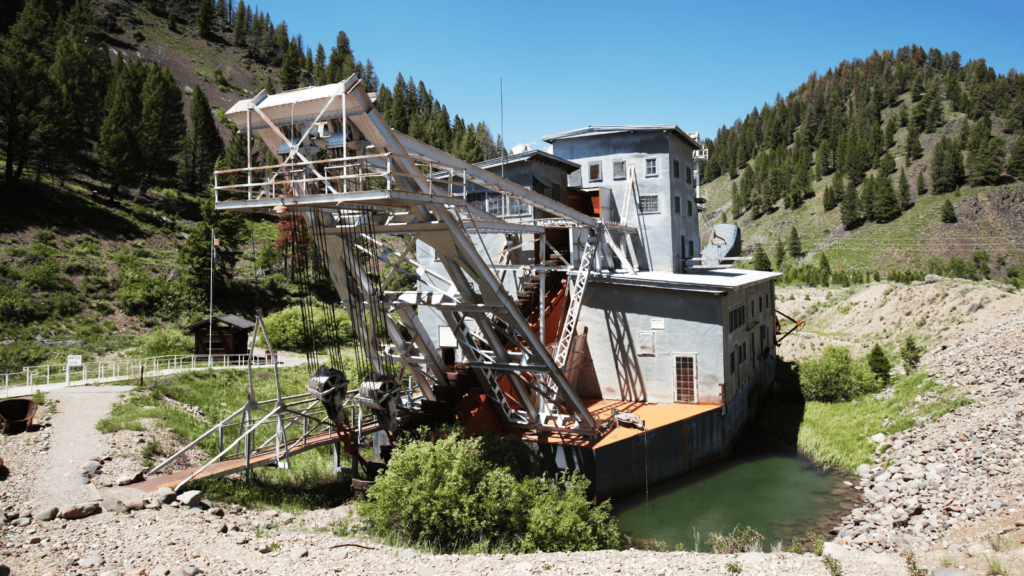
Located in the depths of Challis National Forest, Custer was a roaring gold rush town in and around 1896. It had a stamp mill, a crushing machine for processing metallic ore, eight saloons, and even its own Chinatown, offering laundry services, shoe stores, and a temple (joss house). Time Out says by 1911, there were just two families left, and today, it welcomes only tourists.
St. Elmo, Colorado
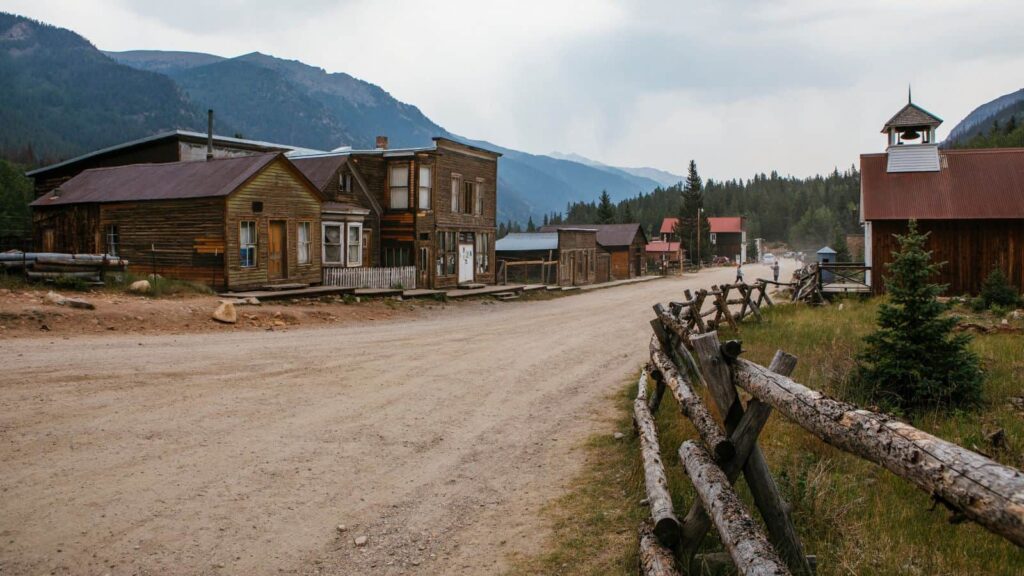
St. Elmo is nestled in the center of the Rocky Mountains and grew during the silver mining boom of the late 19th century. Today, only a handful of structures remain along the scenic Chalk Cliffs Road and there has been no postal service since the town’s postmaster died in 1952. The wild burros that still roam the area are descended from animals originally used for mine transportation.
Rhyolite, Nevada

The quintessential boom-and-bust town, Rhyolite emerged in the early 1900s after gold was discovered there. It was nicknamed the “Bottle District,” as many of its buildings were made from recycled bottles and adobe. Travel Nevada says the gold rush was short-lived, and “by 1914, the city lost electricity, and the banks, newspapers, post office, and train depot all closed.” By 1920, only 14 residents remained.
Calico, California

Silver was also the lifeblood of Calico, a slightly older town that reached a peak population of 1,200 residents in the 1880s. At this time, it had two dedicated smelters and even a red-light district and was nicknamed “Silverado of the Desert.” Calico is now a California state park where visitors can explore restored buildings, a fascinating museum, and even look for ghosts!
Orderville, Utah
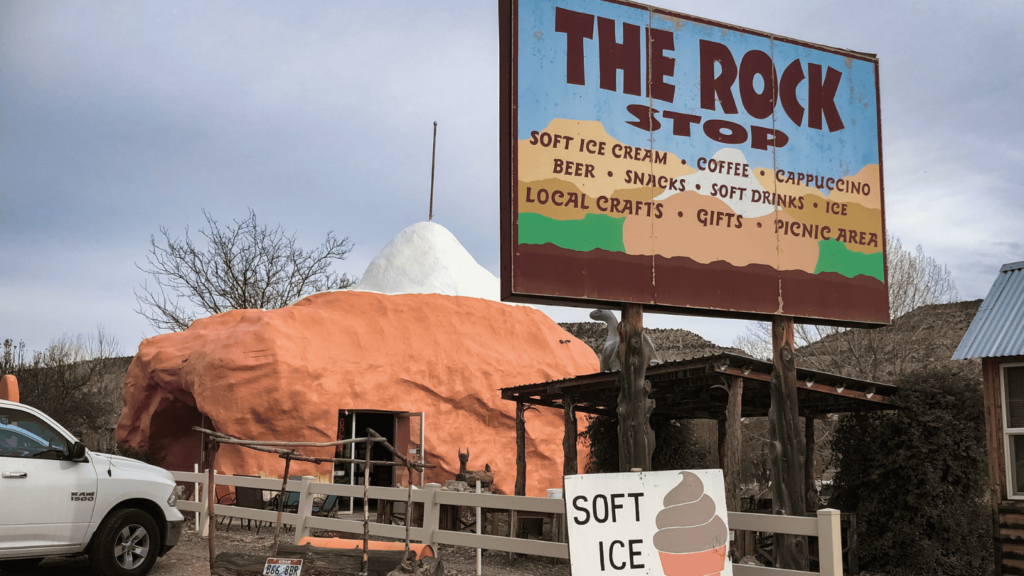
Based on the Mormon principles of communal living, Orderville was an 1851 experiment that aimed to create a unique, utopian society. Initially, it thrived, with residents sharing resources and labor. According to Britannica, it lasted for 11 years before the polygamist society crumbled as young people got tired of frugal living and sought well-paid work in nearby mining towns.
Thurmond, West Virginia

Thurmond rose to greatness as a coal-producing center in the late 19th century and served as a company town for the Chesapeake and Ohio Railway. Unfortunately, even its strategic location at the confluence of the New and Gauley Rivers couldn’t save it from decline. The most impressive remaining structure is Thurmond Castle, a grand private residence built in the early 1900s.
Bodie Basin, Wyoming

Another gold-rush town, Bodie Basin boomed in the late 1850s and became a bustling hub of 1,000 people at its peak, with saloons, stores, and miners’ shacks lining the main street. Today, many of these structures have disappeared; the site still offers visitors the chance to see well-preserved log cabins and a long-deserted cemetery.
Kennecott, Utah
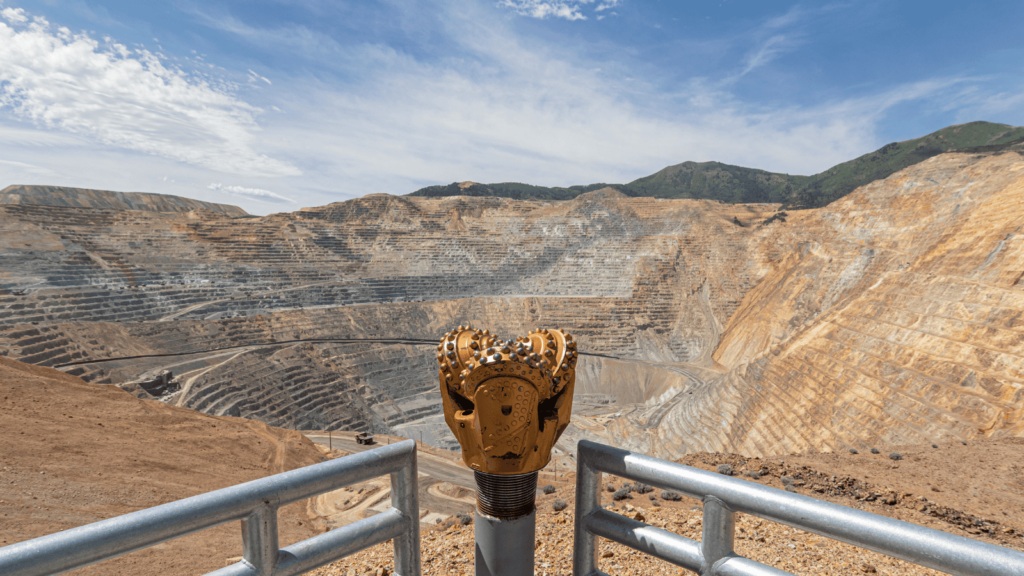
Established as a copper-mining town in the early 20th century, the massive Kennecott Copper Mine is still visible for miles around, revealing Kennecott’s once-prosperous past. The existing boarding houses and visitor center are well preserved and informative, offering a glimpse into the lives of the miners and their families who once populated the town.
Silverton, Colorado
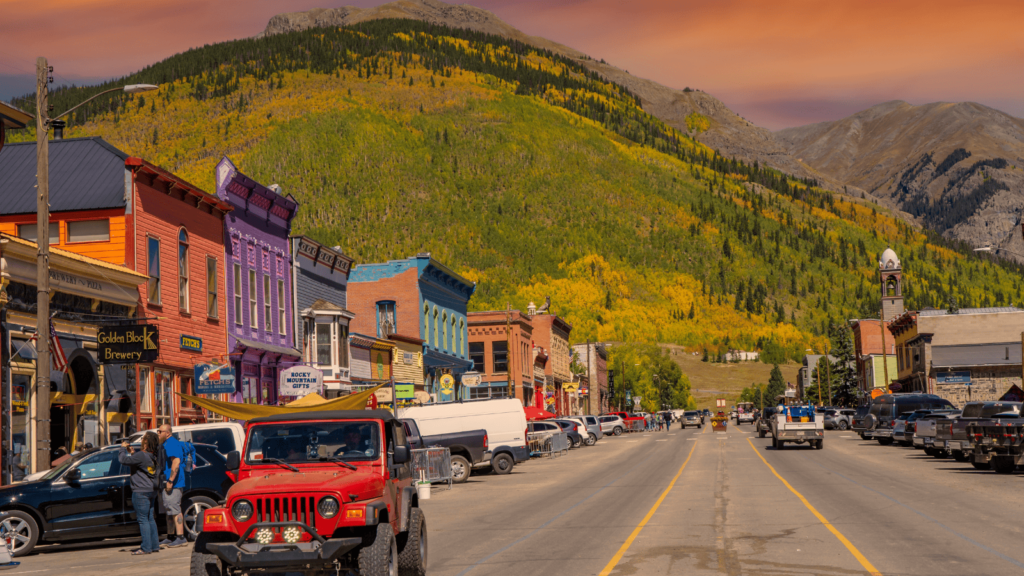
Literally meaning “Town of Silver,” Silverton maintains a few hardy residents in its remote hillside location. In the 1870s, however, it was a lucrative silver-mining town, as evidenced by its collection of restored Victorian-era buildings, including the original saloon, an iconic and well-preserved Wild-West-era building that has now swapped miners for tourists!
Cahaba, Alabama
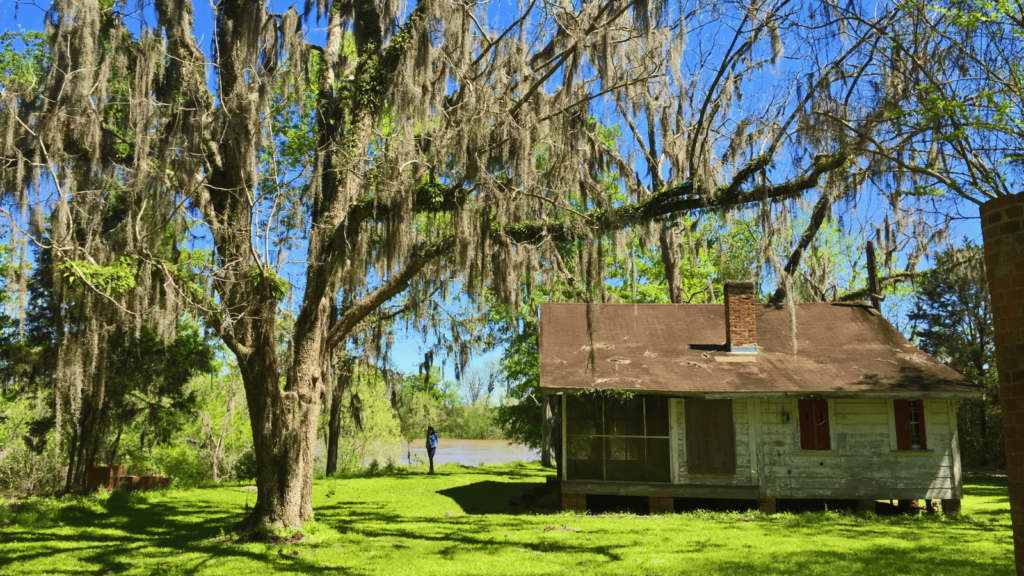
Known as the “Queen City of the Coalfields” in its heyday, Cahaba has declined completely since a mid-19th century boom that exploited its abundant coal reserves. The coal seams were so easily accessible that they were quickly exhausted, despite regular labor strikes. The remnants of Cahaba’s blast furnaces and Presbyterian Church are now rumored to be haunted!
Granite Ghost Town, Montana
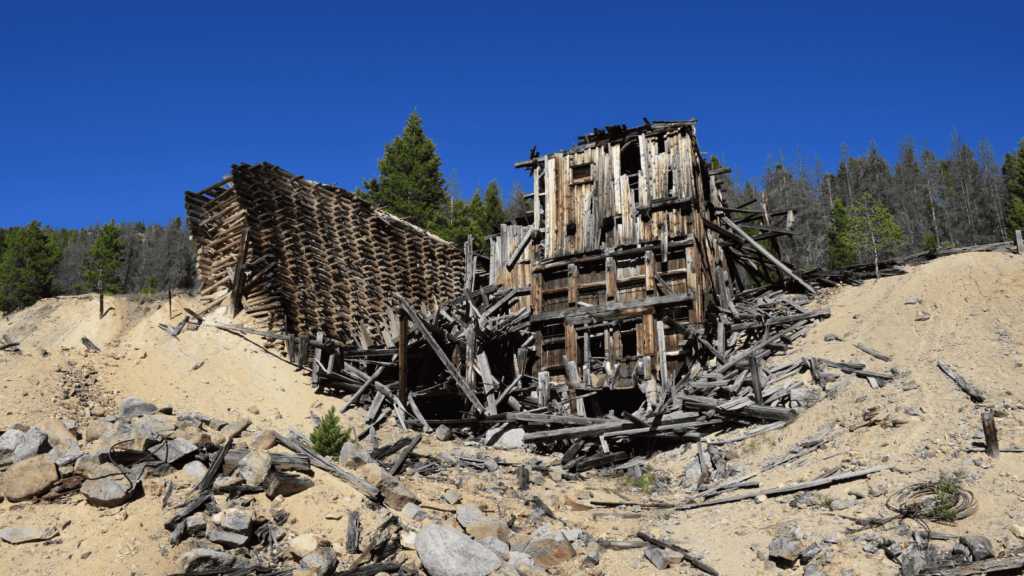
Silver was first discovered in 1865 in the area around where the town would eventually spring up, yet it wasn’t until 1872 that a mine was built and commercial operations began. At its height, Granite had a population of 3,000 miners, plus their families, and was the richest silver mine on Earth. Nowadays, no one lives there, and several of the old wooden buildings are due to collapse.
South Pass City, Wyoming
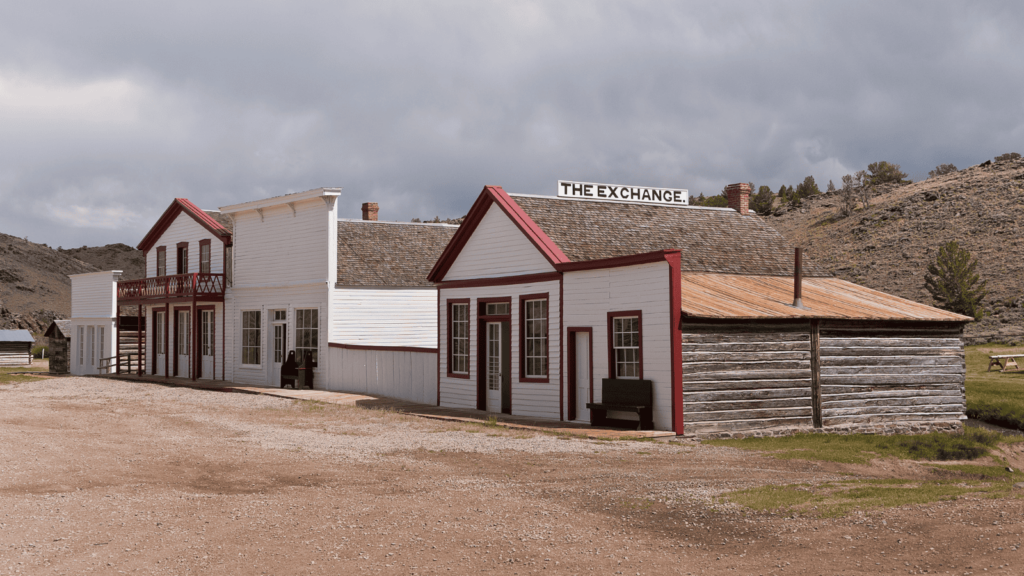
Situated along the historic Oregon Trail, South Pass City was a successful mid-19th-century supply center and resting point for weary travelers. The discovery of gold in the 1860s only fueled the town’s growth, but it wasn’t to last. Today, tourists explore restored buildings in this ghost town, like the “Carissa Saloon,” complete with period furniture and a working bar.
Granite, Oregon
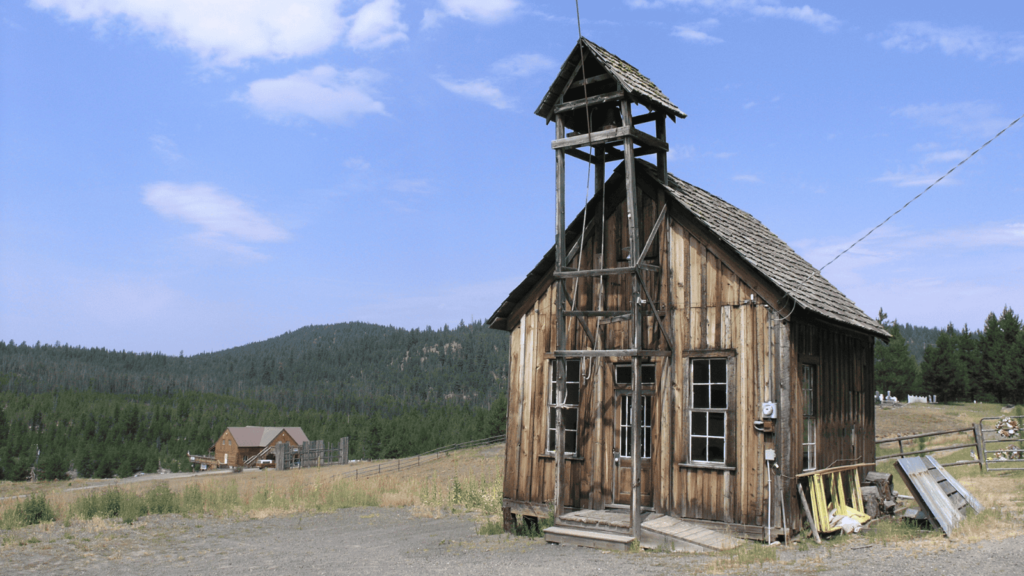
Granite was another gold-chasing town that boomed quickly in the 1860s when gold was discovered in a nearby canyon. Yet the deposits were quickly depleted, and granite had already started to decline by the early 20th century. Today, it boasts some well-preserved buildings and a fun hike that allows visitors to follow in the footsteps of the first gold prospectors.
Up Next: 17 Phrases Older People Use That No One Else Gets

Each and every generation has its own phrases and sayings that separate it from the rest, and the boomers certainly have plenty. Discover 17 popular boomer phrases that aren’t often used today and what they mean. Maybe you’ll want to bring some of them back!
17 Phrases Older People Use That No One Else Gets
People Who Don’t Show Empathy Usually Have These 18 Traits

The world would be a better place if everyone had a little more empathy. But sadly, in reality, some people show much less empathy than we’d like. Here are 18 traits of people who don’t show empathy.
People Who Don’t Show Empathy Usually Have These 18 Traits
The 17 Unhappiest States in America

The US has hit an all-time low position in the World Happiness Index, tumbling to 23rd in 2024. However, it’s important to remember that location is an important factor; many US states are very happy, unlike the following 17 US states that appear to be the most unhappy.

